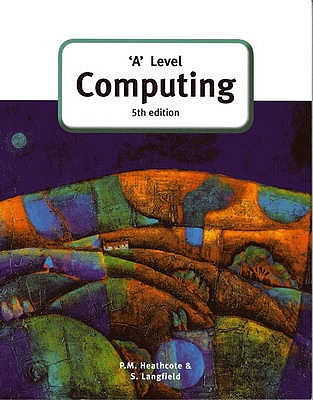

There are two major types of wearable devices that are used for studying gait patterns. A smartphone is typically used to collect information and transmit it to a remote server for storage and analysis. Sensors can be embedded into the environment, such as chairs, car seats and mattresses. Wearable devices also may evolve to be skin-attachable devices. Wearable devices can be attached to shoes, eyeglasses, earrings, clothing, gloves and watches. Potentially, wearable photo or video devices could provide additional clinical information. The most commonly measured data include vital signs such as heart rate, blood pressure, and body temperature, as well as blood oxygen saturation, posture, and physical activities through the use of electrocardiogram (ECG), ballistocardiogram (BCG) and other devices. Wearable technologies enable the continuous monitoring of human physical activities and behaviors, as well as physiological and biochemical parameters during daily life. Issues such as user acceptance, security, ethics and big data concerns in wearable technology still need to be addressed to enhance the usability and functions of these devices for practical use. Most wearable technologies are still in their prototype stages.

The big data generated by wearable devices is both a challenge and opportunity for researchers who can apply more artificial intelligence (AI) techniques on these data in the future.

Some believe that wearable technologies could improve the quality of patient care while reducing the cost of care, such as patient rehabilitation outside of hospitals. The wearable applications can directly impact clinical decision making. Wearable devices are also used for patient management and disease management. Some wearable technology applications are designed for prevention of diseases and maintenance of health, such as weight control and physical activity monitoring. In this study, we conducted a literature review of wearable technology applications in healthcare.

Wearable technologies can be innovative solutions for healthcare problems.


 0 kommentar(er)
0 kommentar(er)
